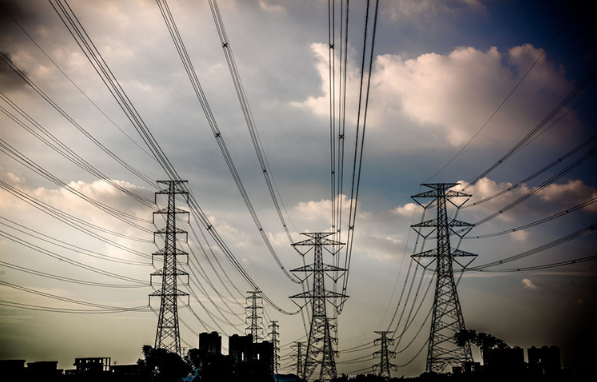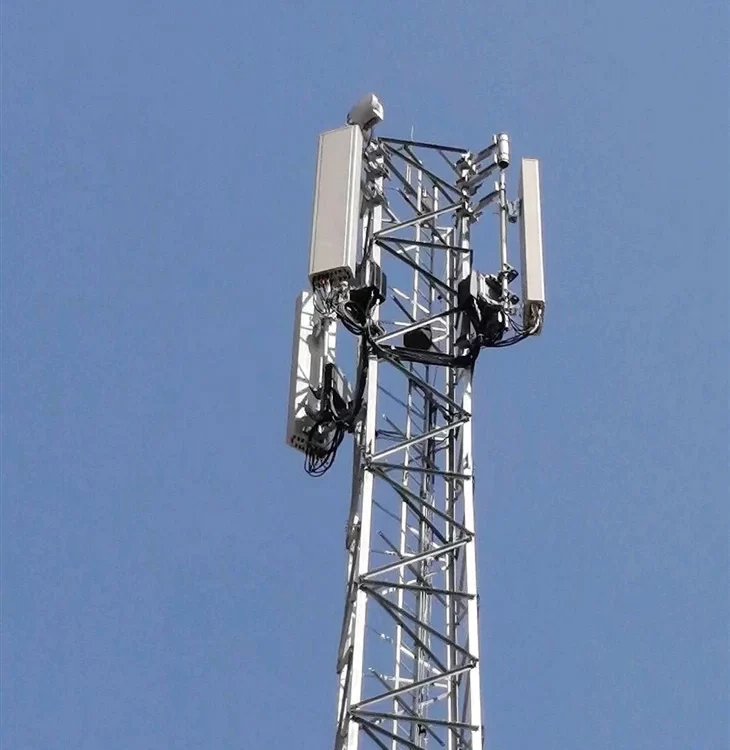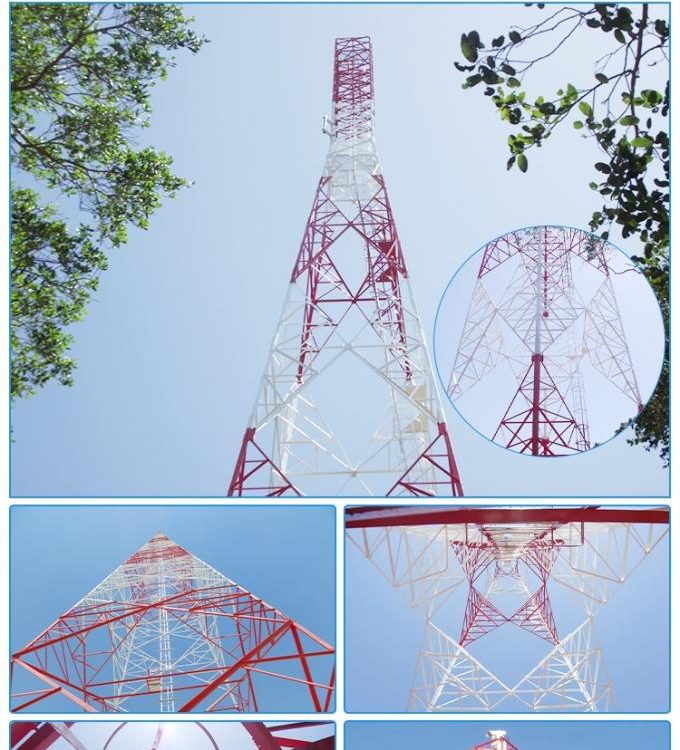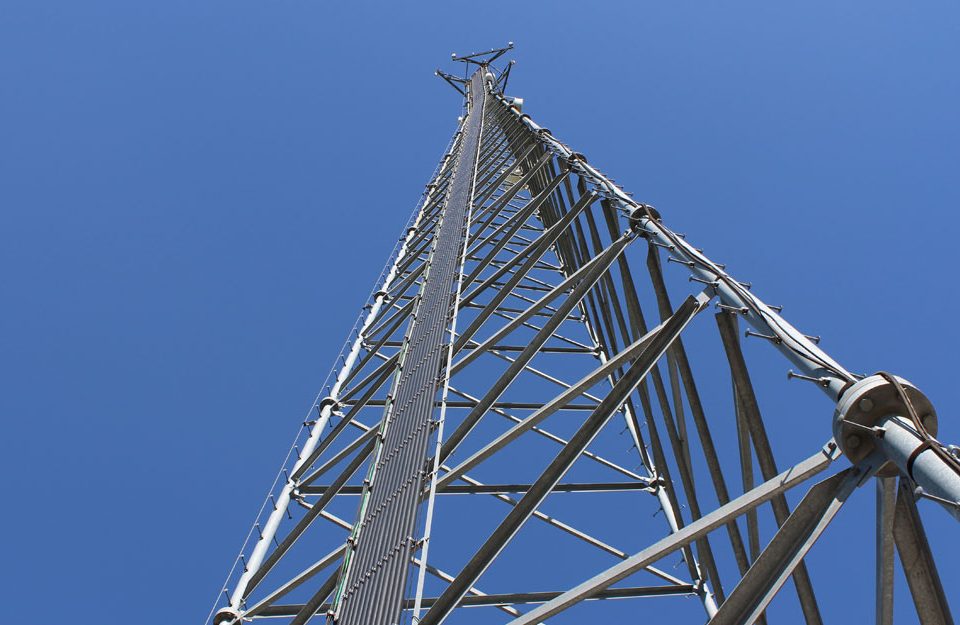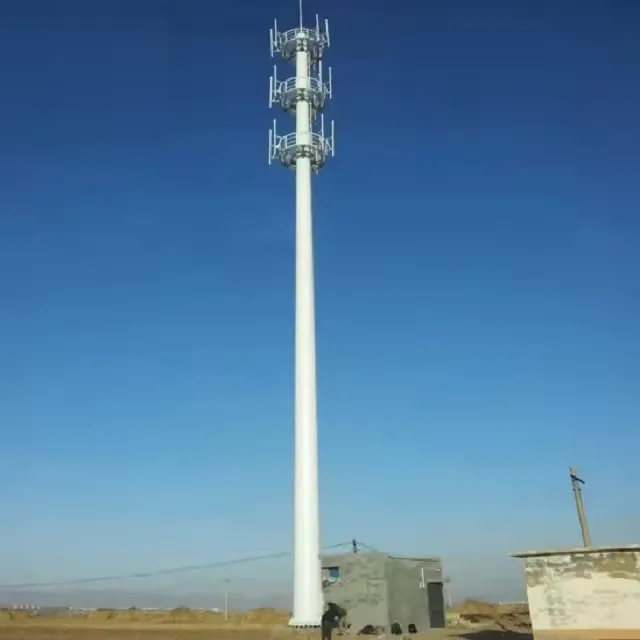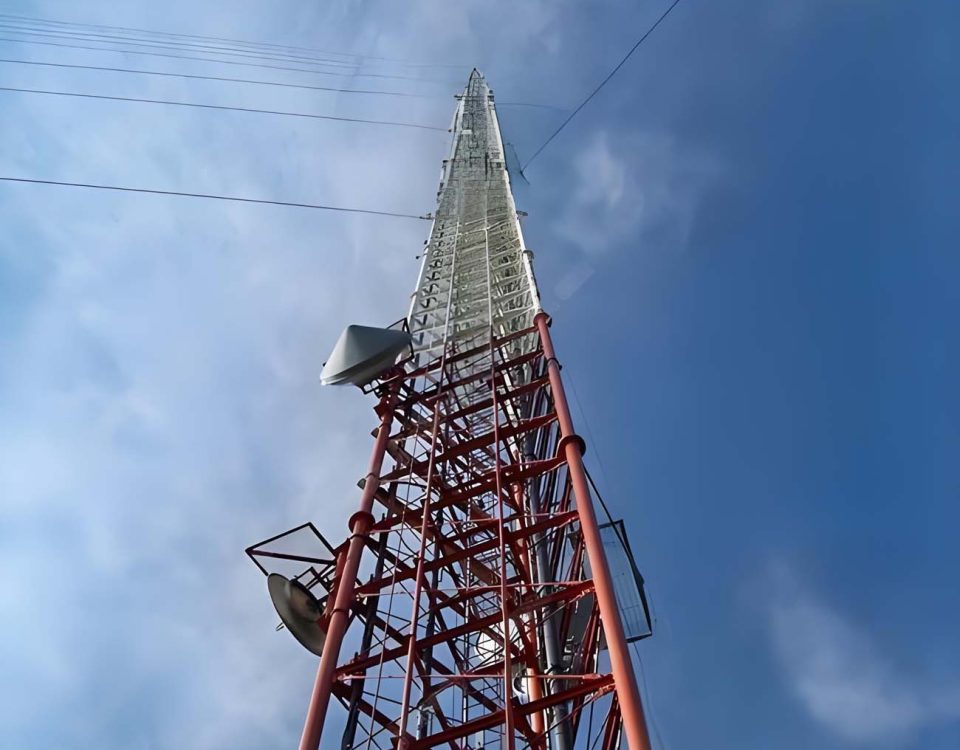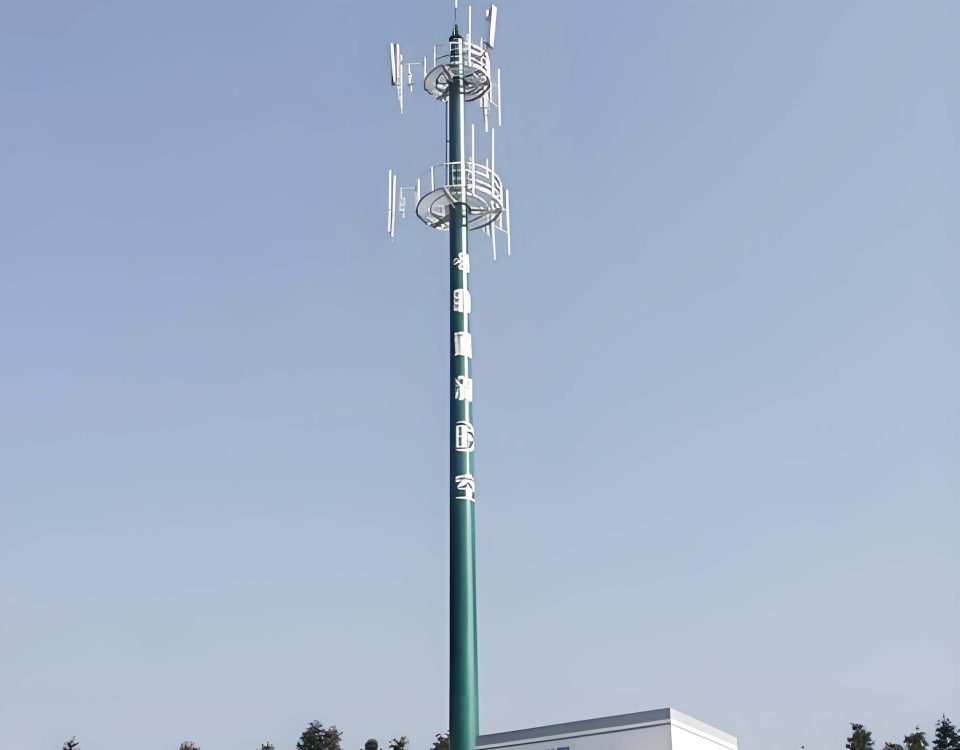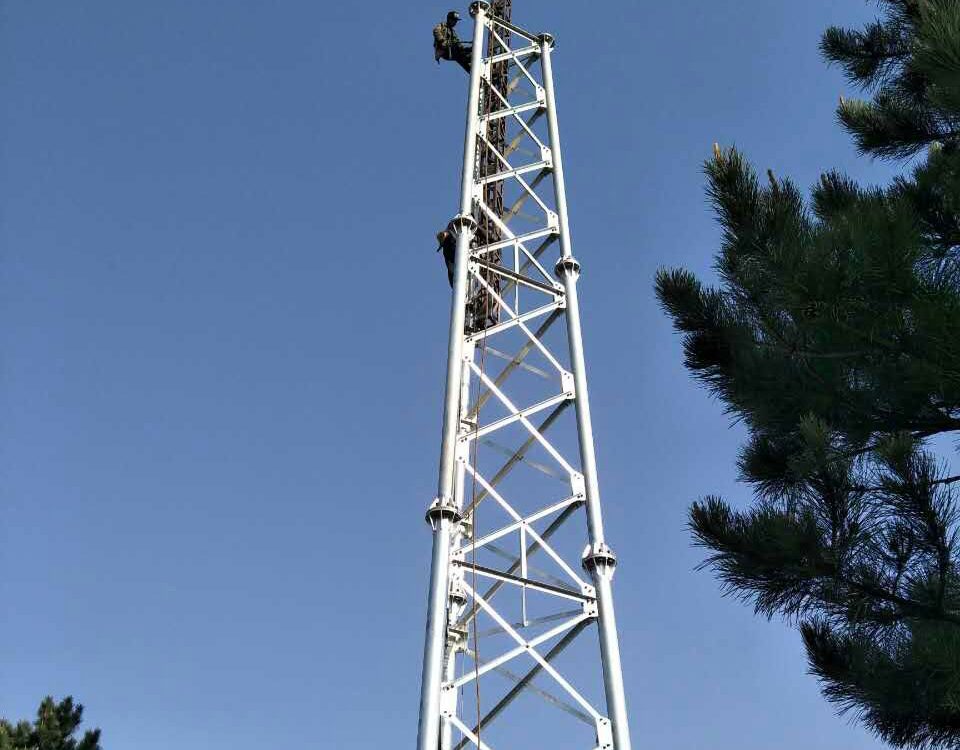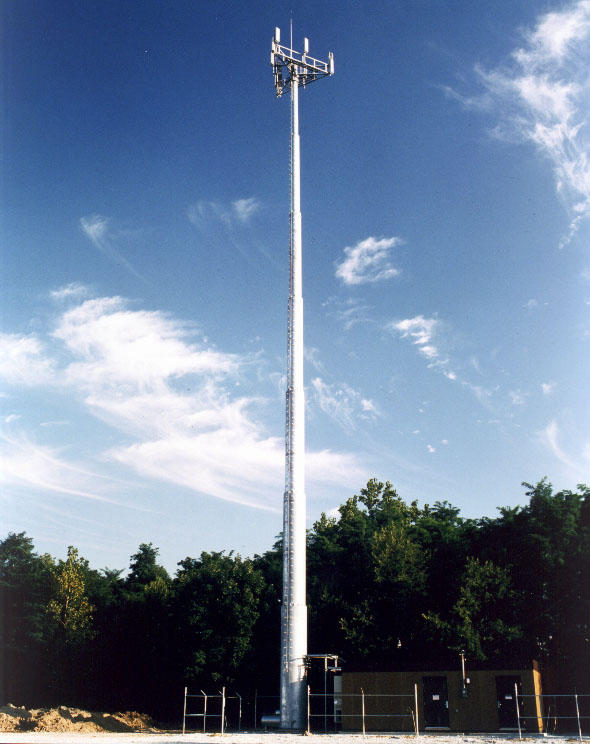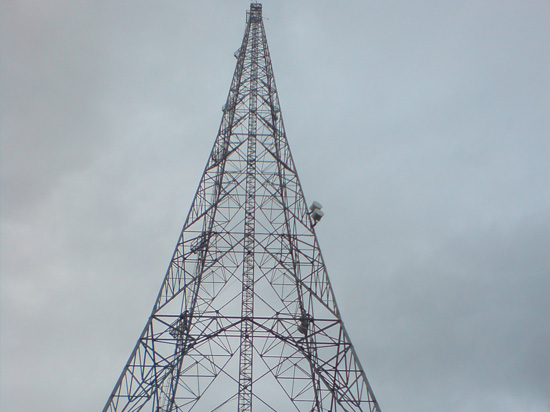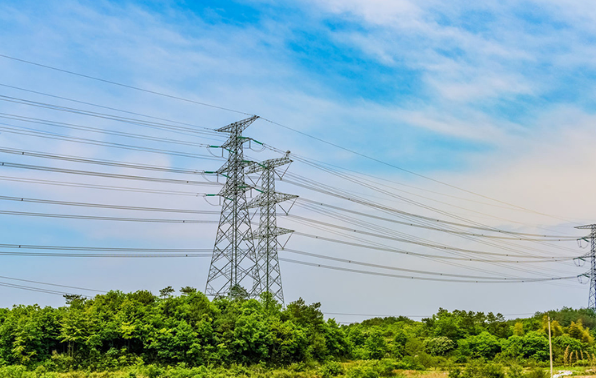
Self Supporting Hot Dip Galvanized Angel Steel Communication Tower
February 24, 2019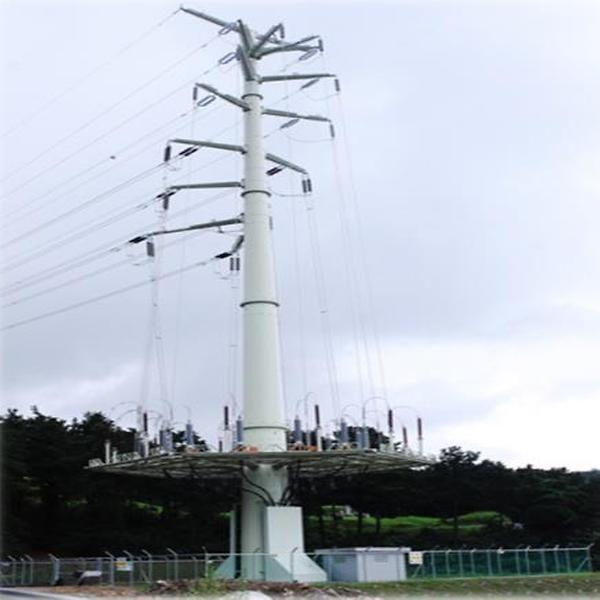
Transmission structures,Transmission tower
March 3, 2019Telecommunication Cell Tower,Cell Towers & Antennas
Telecommunication towers are used for communication purposes among people, require elevated antennas to effectively transmit and receive radio communications. In the absence of tall buildings that antennas can be mounted to, self-supporting, monopole and guyed towers tend to be the most economical choice for mounting antennas. These types of towers are generally lightweight in comparison to building a solid structure and are also easier to fabricate and erect. All the wireless communication, mobile networking, radio broadcasting and TV antennas are connected via these towers. Different heights are used in different places and purposes. They can vary from 15-60 m and sometime more if required. For example in the land areas towers are higher in hill area so 15 to 30 m high towers can be used but in land areas they are 30 to 60 m in height. There are different types of the telecommunication towers which are used i.e. monopole, self-supporting and guyed etc. The most used are the self-supporting towers in the field of telecommunication. Due to space constraints, towers in heavily developed areas tend to be
self-supporting, monopole while towers in rural areas are often guyed. This paper represent the most relevant studies of cell Towers design where it could depend on the role of the considered aspects (Economical, Aesthetical, and Statical aspect).
Towers can be classified, based on their cross section, into square, rectangular, triangular, delta, hexagonal and polygonal towers. Open steel lattice towers make the most efficient use of material and enables the construction of extremely light-weight and stiff structures by offering less exposed area to wind loads. Most of the power transmission, telecommunication and broadcasting towers are lattice towers. Triangular Lattice Towers have less weight but offer less stiffness in torsion. With the increase in number of faces, it’s observed that weight of tower increases. The increase is 10% and 20% for square and hexagonal cross sections respectively. If the supporting action of adjacent beams is considered, the expenditure incurred for hexagonal towers is somewhat less, figure 1 [6].
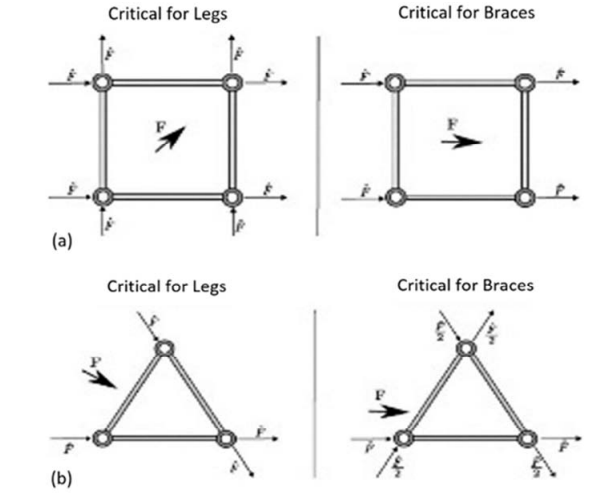
Figure 1. Triangular and Square Tower.
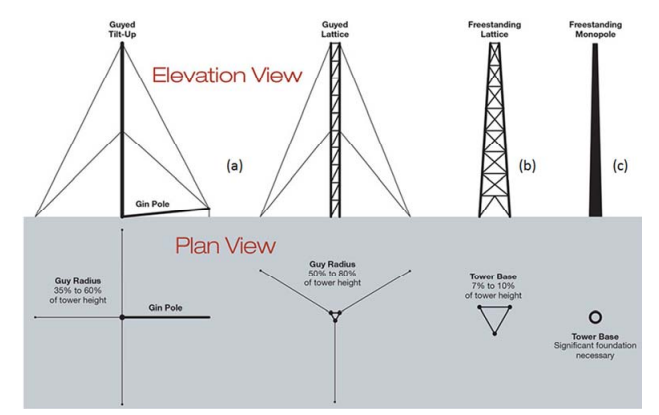
Figure 2. Types of telecommunication towers.
2.2. Based on Structural Action Towers are classified into three major groups based on the structural action. They are:
a) Self-supporting towers
b) Monopole
c) Guyed towers
Self-supporting towers
The towers that are supported on ground or on buildings are called as self-supporting towers. Though the weight of these towers is more they require less base area and are suitable in many situations. Most of the TV, MW, Power transmission, and flood light towers are self-supporting towers. In this paper the lattice cell towers as Triangular and Square towers will be investigated, as shown in figure 2(b) [5, 8, 9, 10].
Monopole towers
It is single self-supporting pole, and is generally placed over roofs of high raised buildings, when number of antennae required is less or height of tower required is less than 9m. It uses minimal space and resemble a single tube, requires one large foundation, typically not exceed 45 m height and the antennas are mounted on the exterior of the tower, as shown in figure 2(c) [5, 8, 9, 10, 11].
Guyed towers
Guyed towers provide height at a much lower material cost than self-supporting towers due to the efficient use of high-strength steel in the guys. Guyed towers are normally guyed in three directions over an anchor radius of typically 2/3 of the tower height and have a triangular lattice section for the central mast. Tubular masts are also used, especially where icing is very heavy and lattice sections would ice up fully. These towers are much lighter than self-supporting type but require a large free space to anchor guy wires. Whenever large open space is available, guyed towers can be provided. There are other restrictions to mount dish antenna on these towers and require large anchor blocks to hold the ropes, as shown in figure 2(a) [5, 8, 9].
Guyed Tower benefits
1. Ideal for heights over 60 m
2. Requires significant installation footprint to accommodate guy anchors
3. Has significant wind-loading capacity
4. Could be the cheapest choice in case of space availability for so high tower levels.

